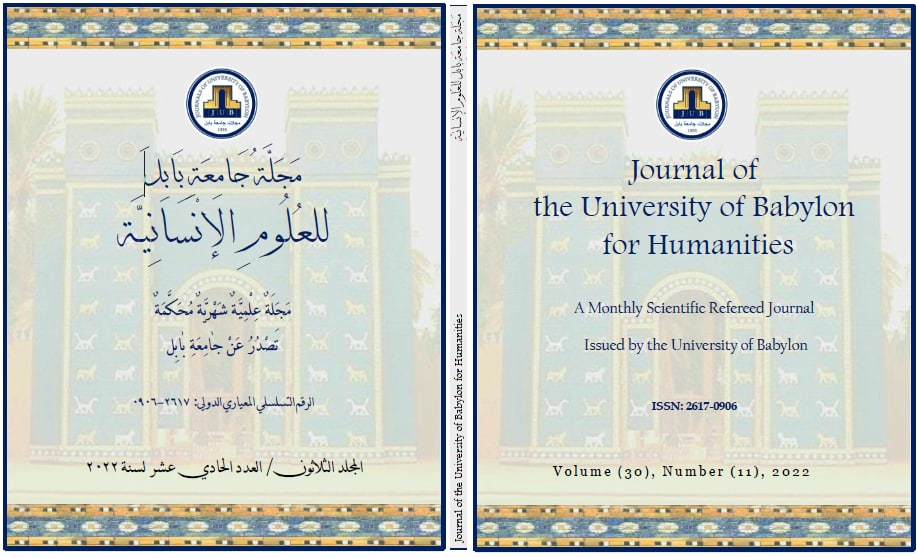A Contrastive Analytical Study of Cohesive Devices in Dickens' A Tale of Two Cities and its Translation into Arabic
Main Article Content
Abstract
The aim of this study is to deal with the translation of selected English cohesive devices into Arabic in Dickens' A Tale of Two Cities. The Arabic translation of Dickens' novel that is adopted in this study is Munir al-Baalbaki's translation. This study presents a comparison of various cohesive devices in English and Arabic through examining its translation from the source language (English) into the target language (Arabic). Adopting this comparison, this study intends to show differences and similarities between these two languages concerning the matter of cohesion in literary works, precisely the novel adopted and its Arabic translation. This research is achieved using descriptive and qualitative method so as to uncover selected cohesive devices utilized in English, particularly, the English novel and its Arabic translation. The translation of four types of cohesive devices: reference, substitution, ellipsis, and lexical cohesion including repetition and synonymy are to be analyzed here. The researcher concludes that it is important to study the translation of cohesive devices in literary works because they have diverse parts in language and the literary works are taught at the undergraduate level as well.

